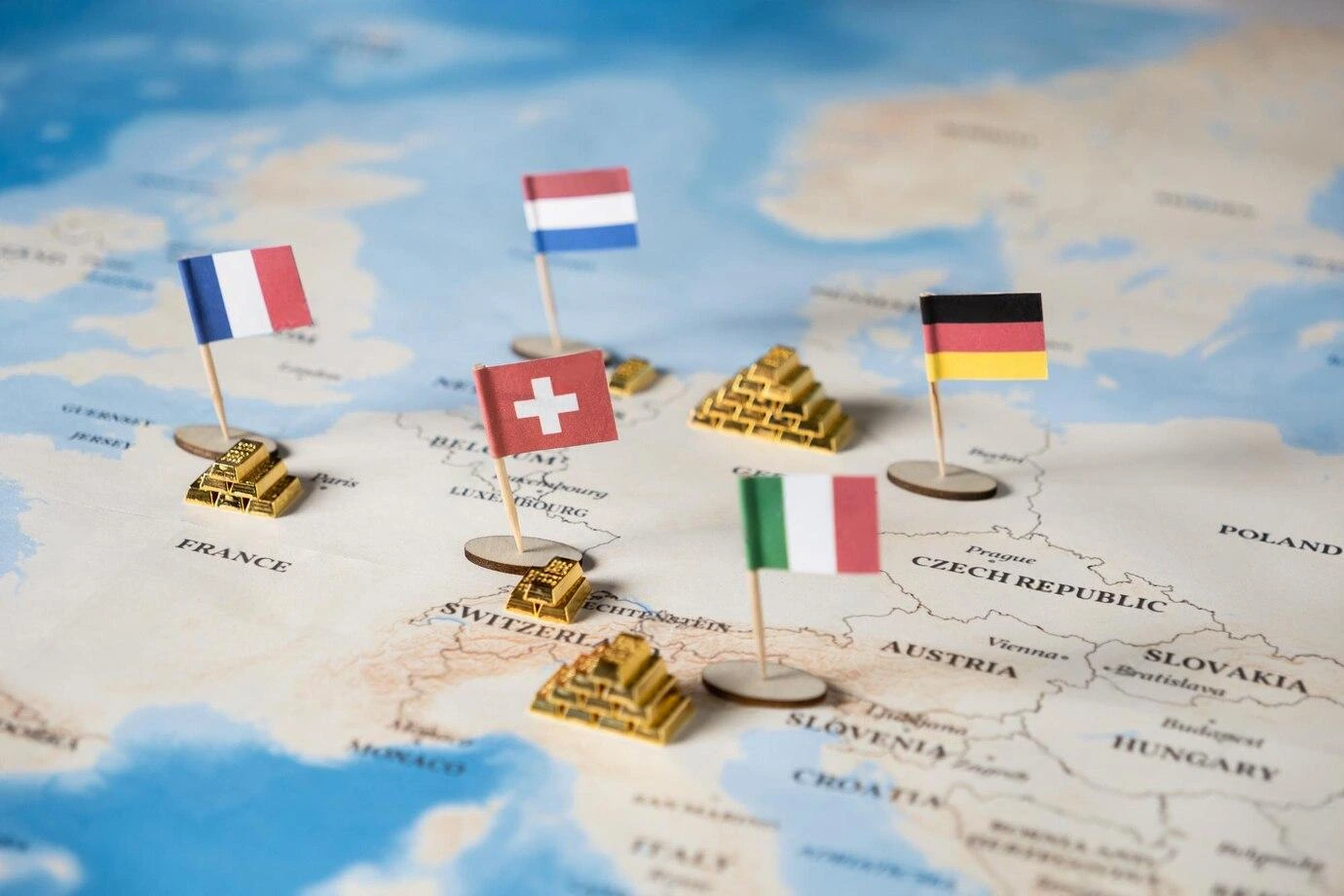In a move raising eyebrows across Europe, ten Schengen countries temporarily reinstated internal border controls in 2025. While the Schengen Zone is known for its borderless travel, recent geopolitical pressures and migration surges have prompted countries to take stronger security measures. So, what’s going on—and how will it affect travelers and migrants?
Key Takeaways
What Is the Schengen Agreement and How Does It Work?
The Schengen Agreement is the cornerstone of free movement in Europe. Signed in 1985 and fully implemented in the 1990s, it allows citizens, residents, and tourists to travel across 27 participating European countries without internal border checks. This creates a “passport-free” zone for over 400 million people and is one of the EU’s most celebrated achievements.
However, under special circumstances—like security threats or emergencies—countries can legally reintroduce border checks within the Schengen Area.
Which Countries Have Reintroduced Border Controls in 2025?
As of April 2025, the following ten Schengen countries have reinstated internal border controls:
- Austria
- Bulgaria
- Denmark
- France
- Germany
Italy - The Netherlands
- Slovenia
- Sweden
- Norway
Each of these nations has issued formal notifications to the European Commission, outlining their reasons and duration for the temporary checks
Why Are These Temporary Border Controls Being Reinstated?
The return of border controls isn’t arbitrary. Countries have cited several urgent factors:
- Irregular migration flows, particularly via the Balkan and Mediterranean routes.
- Terrorism threats, often tied to geopolitical instability and intelligence alerts.
- Pressure on asylum systems, with rising numbers of applicants overwhelming national resources.
- Cross-border crime and trafficking, including drugs, weapons, and human smuggling.
In short, these countries argue that internal checks are needed to maintain public safety and national security.
Also Read: Which In-Demand Jobs in Canada Could Get You PR in 2025?
How Long Will These Border Checks Be in Place?
For now, the border controls are temporary. Most countries have set initial durations of 6 months, with regular reviews to determine whether extensions are justified. Under the Schengen Borders Code, internal border checks can be reinstated for up to 2 years in exceptional situations, but countries must provide strong legal and security-based justifications.
Will This Impact Travel Within the Schengen Zone?
Yes—but only to a limited extent. Travelers may face:
- Delays at road, rail, or airport checkpoints
- Random ID or passport checks, even within the Schengen Zone
- Longer queues at certain land borders
- Possible route diversions or slower transit times
Tourists and business travelers should carry valid ID/passports at all times, even when traveling between typically border-free countries
Are These Measures Legal Under EU Law?
Absolutely. The Schengen Borders Code allows internal controls in exceptional circumstances when public order or internal security is at risk. All ten countries have followed the required legal process, including notifying the European Commission and providing security-based reasons.
While this may feel like a step backward, it is not a violation of EU law, but a built-in safeguard for times of crisis.
What Should Travelers and Migrants Know in 2025?
Here are a few smart tips if you’re traveling in Europe this year:
- Always carry your ID or passport, even within Schengen countries
- Check official travel advisories before moving between countries
- Allow extra time for border crossings
Keep documentation handy if you’re a student, worker, or long-term resident - If migrating or applying for asylum, be aware that checks may slow processing times
Being informed and prepared can save you unnecessary stress.
Final Thoughts: Is This the New Normal for Europe?
While the reintroduction of border checks in 2025 is concerning for some, it’s not necessarily a permanent shift. These are targeted, temporary measures—not a dismantling of the Schengen Zone.
However, with rising global migration and security threats, Europe may see more frequent use of these controls in the years ahead. Whether this becomes a long-term trend or remains a short-term response depends on how well the EU can balance free movement with border security.





